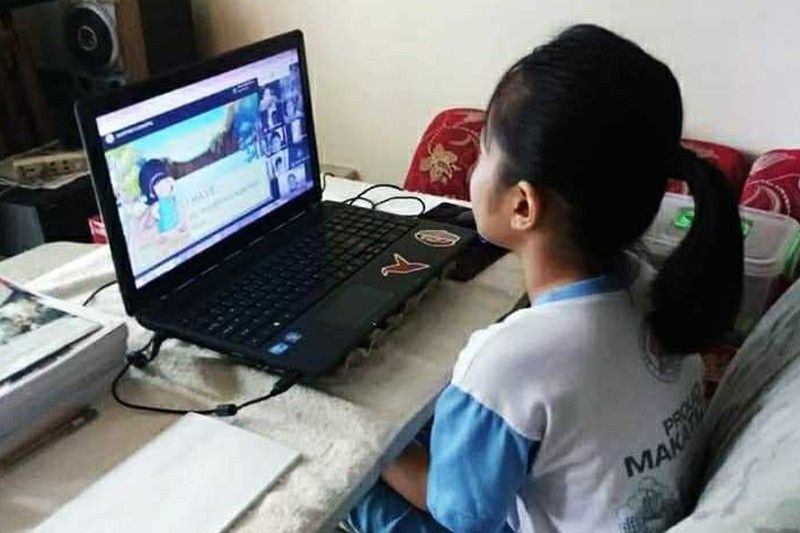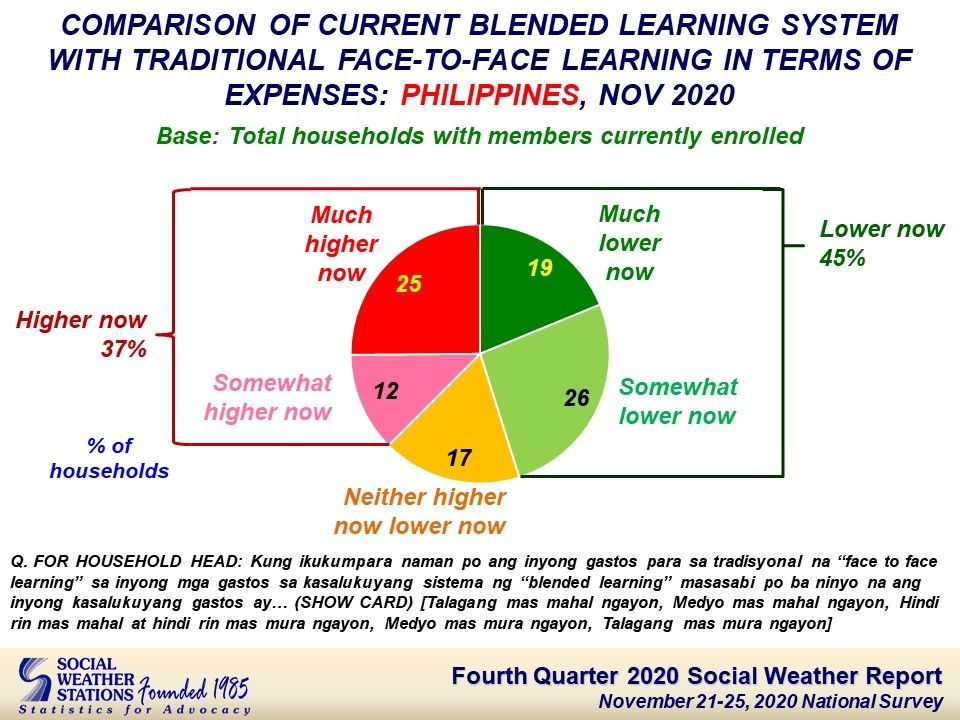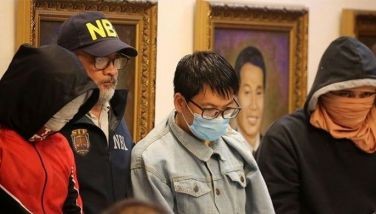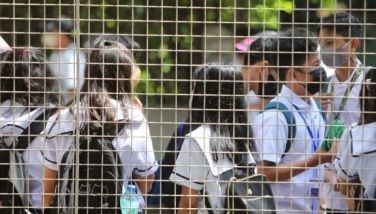SWS: 89% of Filipino families find blended learning difficult

MANILA, Philippines — A significant number of Filipino families with school-age children find blended learning more difficult than in-person classes, the latest Social Weather Stations survey suggests.
The survey: SWS conducted face-to-face interviews with 1,500 adult respondents from November 21 to 25 last year. It has a national margin of error at ±2.5%.
What it found: Some 89% of 1,500 adult respondents held the sentiment five months since classes were carried out remotely due to the coronavirus pandemic. Broken down, that's 61% saying it is much more difficult now and 28% saying it is somewhat more difficult now.

Only 6% of families said it is easier now, while 5% were undecided. The distribution among those who said the setup is difficult was highest in Visayas (92%), Metro Manila (90%), Mindanao (88%) and Balance Luzon (87%).
"Furthermore, the percentage of families who say the system is much more difficult now is higher in the Visayas (63%), Balance Luzon (63%), and Mindanao (61%) than in Metro Manila (53%)," SWS said.
While reasons were not specified, many groups have long warned that difficulties under this setup could leave many students behind.
These include the poor access to internet with the Philippines lagging in Asia, as well as students having no means to buy gadgets for online classes. Those who opted for printed modules often found errors too in the materials.
Difficulty in blended learning is more common among families with heads who are non-high school graduates at 67% to 69%, against those with higher educational background at 54% to 57%.
Further, the local pollster said mothers usually help their children with studies, but help from siblings is more common among families with heads who are nit high school graduates.
Another finding: Some 45% of respondents said expenses are lower under blended learning. This was against 37% who said the costs are higher, and 17% undecided.

Families from Visayas yielded the highest agreement at 53% compared with those in Mindanao (47%), Balance Luzon (43%) and Metro Manila (35%).
Most from the National Capital Region, meanwhile, said the expenses are higher now at 52% against Balance Luzon and Mindanao both at 37% and Visayas (28%).
Crucial to note: Challenges have continued with the ongoing school year reaching its half. This has led to more calls on government to allow the safe resumption of physical classes in areas with low COVID-19 transmission. President Rodrigo Duterte said this can only happen when more have been vaccinated against COVID-19.
Vaccinations have started but the country has seen a surge in cases, with a high for the year of 5,000 new cases on Saturday. — Christian Deiparine
- Latest
- Trending































